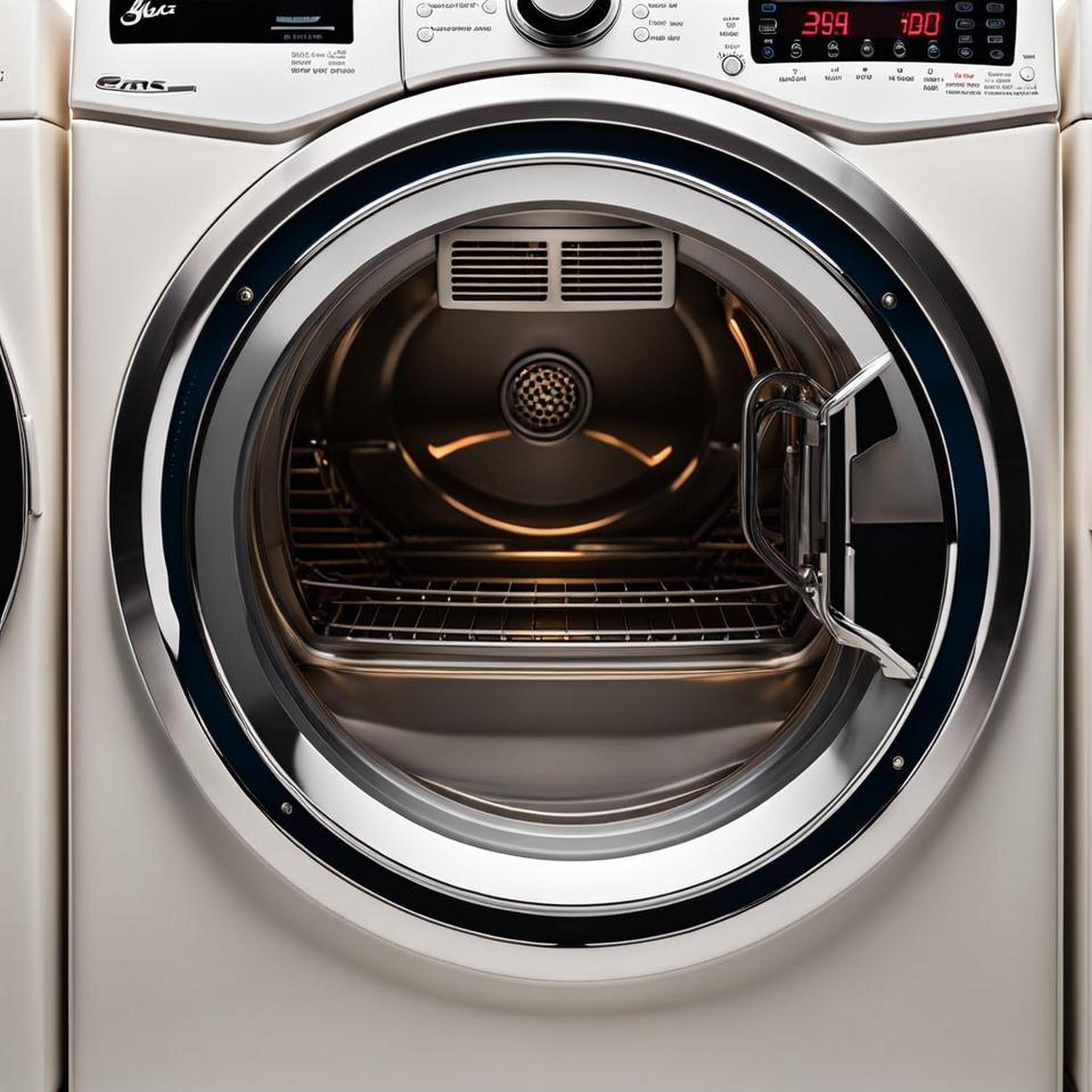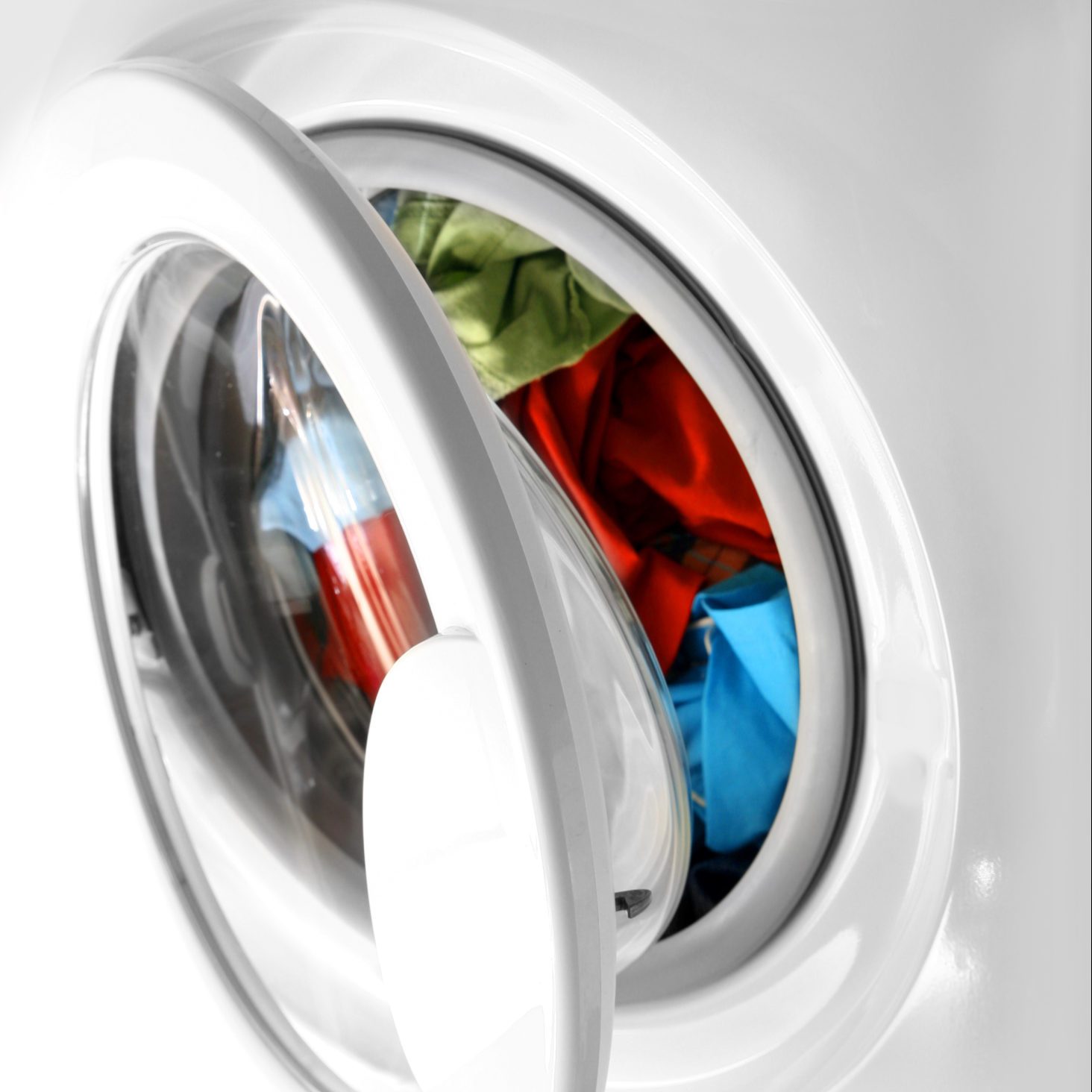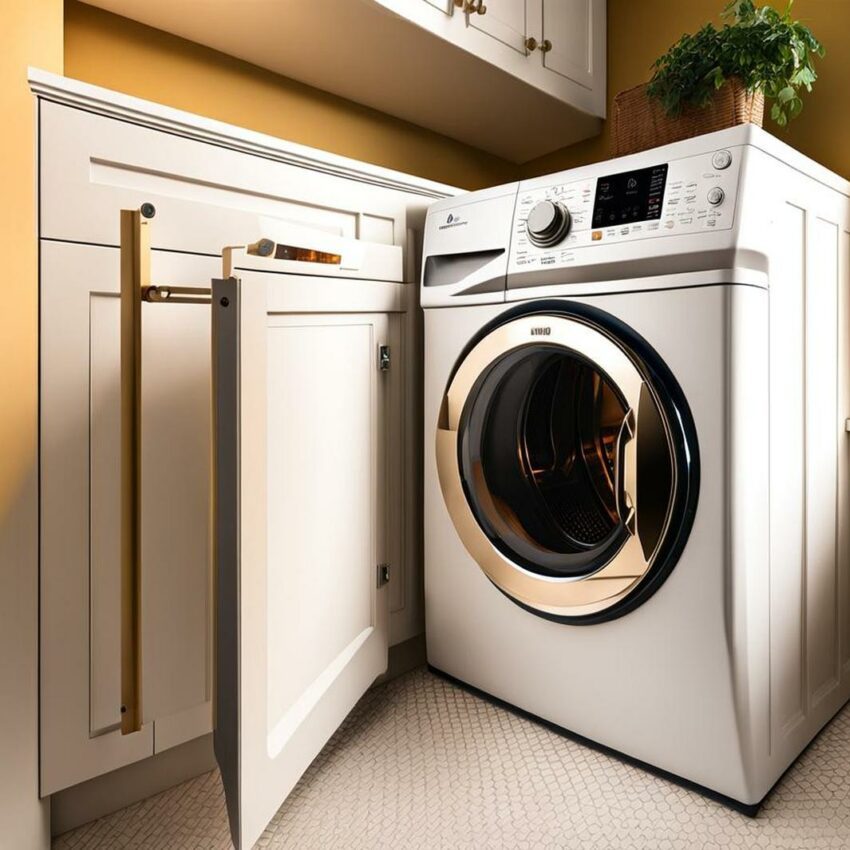Common Reasons Why Dryers Fail to Dry Clothes
Dealing with a tumble dryer that leaves clothes damp can be frustrating. Understanding ‘why is my dryer not drying my clothes?’ will help you resolve the issue faster. Here are several common culprits:

- Overloaded Drum: Overfilling the dryer can restrict airflow and prevent clothes from drying properly. Stick to recommended load sizes.
- Clogged Lint Filter: A dirty filter can hinder performance. Clean the filter after every cycle for optimal air circulation.
- Blocked Dryer Vent: Lint build-up or obstructions in the venting system can lead to poor drying efficiency. Check the vent path for any blockages.
- Faulty Heating Element: If the dryer is not warming up, the heating element might have failed. This typically calls for professional assessment.
- Malfunctioning Thermostat: A broken thermostat can prevent the dryer from reaching the correct temperature.
- Worn Out Drum Seals: Leaky drum seals could allow hot air to escape, reducing drying power.
- Incorrect Settings: Using unsuitable drying settings for the type of fabric can result in damp clothes. Always select the appropriate program.
Identifying the exact reason can be trickier than it seems. Hence, a systematic approach to troubleshooting is vital in pinpointing the issue causing your dryer to fail at its primary task.
Checking the Dryer Vent for Blockages
When troubleshooting the question ‘why is my dryer not drying my clothes?’, inspecting the dryer vent is crucial. A clogged vent is a common cause of drying issues. Here’s what to check:
- Look for Lint Buildup: The vent hose can accumulate lint over time, restricting airflow. Ensure it’s clean.
- Examine the Exterior Vent: Sometimes, the problem lies at the vent’s exit point. Clear any debris.
- Check for Kinks or Dents: The vent hose should be free of physical damage for unobstructed air flow.
- Consider the Vent Length: Long vents can collect more lint. They might require more frequent cleaning.
Regular maintenance of the dryer vent not only enhances drying efficiency but also prevents potential fire hazards. If you find significant blockages or damage, clearing or replacing the vent will likely restore dryer performance. Remember, safety first: always disconnect your dryer from the power source before starting any checks or maintenance work.
The Importance of Dryer Maintenance
Maintaining your dryer is key to its longevity and efficiency. Regular checks and upkeep can prevent many common drying issues. Here are some maintenance tips that help answer the question ‘why is my dryer not drying my clothes?’:
- Clean the Lint Filter: After each cycle, remove and clean the lint filter. This action boosts air flow and drying ability.
- Inspect the Dryer Vent: Do this biannually to ensure there are no blockages that impair drying performance.
- Check the Dryer Drum Seals: Look for wear and tear that could let hot air escape, which hurts drying efficiency.
- Verify the Thermostat: Occasionally test the thermostat to ensure it’s working correctly to maintain proper temperature.
Conducting these routine tasks supports overall dryer function, making your appliance more reliable. Regular maintenance extends the lifespan of your unit and ensures clothes come out dry, saving energy and time in the long run. Without proper care, your dryer could overwork, leading to higher utility bills and potential malfunctions. Keep your dryer in top shape, and it will take good care of your clothes.
Investigating Power Issues and Electrical Concerns
When your dryer is not working as expected, it’s essential to check for power issues. Here are steps to follow:
- Inspect the Power Cord: Make sure the cord is not damaged and is firmly plugged in.
- Test the Outlet: Use a multimeter or plug in another device to check for electricity.
- Check the Circuit Breaker: Tripped breakers can cut off power. Look at your home’s breaker panel.
- Review the Fuse Box: A blown fuse could be the reason for your dryer woes. Replace if necessary.
Electrical concerns are not always straightforward, so handle with care. If unsure, call an electrician or dryer technician. Always prioritize safety and avoid handling wires if you’re not trained in electrical work.
Examining the Dryer’s Heating Element
When facing the issue of ‘why is my dryer not drying my clothes?’, the heating element deserves a close look. This component is vital for generating the heat needed to dry clothes. Here’s how to examine the dryer’s heating element effectively:
- Visual Inspection: Unplug the dryer and locate the heating element. Look for breaks or damage in the coils.
- Check for Continuity: Using a multimeter, test the heating element for continuity. No continuity often means it’s time for a replacement.
- Assess the Electrical Connections: Confirm that all the connections to the heating element are secure and not corroded.
- Examine Surrounding Components: Sometimes other parts, such as thermostats or fuses associated with the heating element, can fail.
If the heating element shows damage or tests negative for continuity, it likely needs to be replaced. Replacing a heating element should be fairly straightforward but can vary by dryer model. If you’re not confident in doing it yourself, it might be time to call a professional. Remember, handling dryer components can be risky, so always ensure safety protocols are followed.
 Understanding Dryer Settings and Load Size
Understanding Dryer Settings and Load Size
Proper dryer settings and load size are key to drying efficiency. To tackle ‘why is my dryer not drying my clothes?’, here are the factors to consider.
- Select the Right Setting: Dryers come with various settings for different fabrics and drying levels. Always match the setting to the type of load for optimal drying.
- Adjust for Load Size: Follow the manufacturer’s guidelines for load capacity. Overloading can limit airflow and prevent clothes from drying evenly.
- Balance the Load: Distribute clothes evenly in the drum to allow for consistent drying.
- Use Timed Drying Judiciously: For mixed loads, timed drying can be more effective than sensor-based programs.
- Consider Fabric Types: Heavy fabrics require more time or higher heat settings than light ones.
In summary, understanding your dryer’s settings and respecting load size can greatly improve drying performance. Proper usage not only answers the question ‘why is my dryer not drying my clothes?’ but also extends the appliance’s life and saves energy.
When to Call a Professional for Dryer Repair
Knowing when to seek professional help for dryer repair can save time, and sometimes, money. Here’s when to call an expert:
- Persistent Issues: If troubleshooting doesn’t resolve the problem, experts can diagnose and fix complex issues.
- Electrical Problems: For safety, an experienced technician should handle electrical repairs.
- Heating Element Failure: If testing indicates the heating element is faulty, a professional should replace it.
- Unfamiliar Noises: Strange sounds often mean internal problems that require a trained eye.
- Age of Dryer: Older units might have outdated parts. Technicians can determine if repair or replacement is the best choice.
- Error Codes: Modern dryers display error codes that may not be easy to interpret without technical knowledge.
- Time & Cost Efficiency: Sometimes, DIY fixes are more costly in the long term. Professionals do it right the first time.
If you encounter these scenarios while asking ‘why is my dryer not drying my clothes?’, consider seeking a qualified repair service. Remember, always unplug the appliance before any troubleshooting and never attempt repairs you’re not comfortable with, as this could cause more harm than good.
 Preventative Measures to Ensure Dryer Efficiency
Preventative Measures to Ensure Dryer Efficiency
To keep your dryer running smoothly and ensure clothes dry properly, follow these preventative measures:
- Regular Cleaning: Always clean the lint filter after each use. This keeps air flow clear and maintains drying efficiency.
- Yearly Inspections: Have a pro check your dryer each year. They can spot issues before they worsen.
- Clear Vent Paths: Check your vent system every few months. Clear out any lint build-up you find.
- Proper Use: Use the correct settings for each load. This stops unnecessary strain on your dryer.
- Vent Hose Attention: Look over the vent hose for kinks or holes. Fix any problems right away.
- Load Size: Keep loads within the dryer’s recommended capacity. This lets hot air move freely around garments.
- Check Seals: Inspect drum seals occasionally for leaks. Tight seals are crucial for heat retention.
- Energy-Saving Habits: Use energy-saving modes if your dryer has them. They help reduce power use and wear on the dryer.
- Prompt Repairs: Tackle small issues immediately. Waiting can turn minor problems into major ones.
By following these suggestions, you answer ‘why is my dryer not drying my clothes?’ by preventing the problem. These steps also help you save energy, reduce wear and tear, and extend your dryer’s life.
